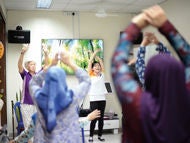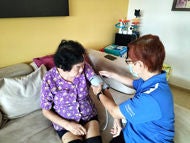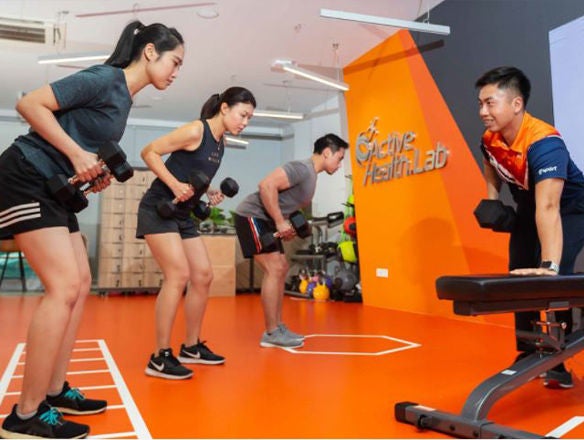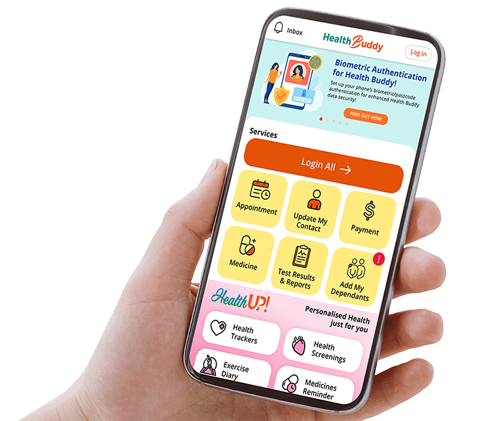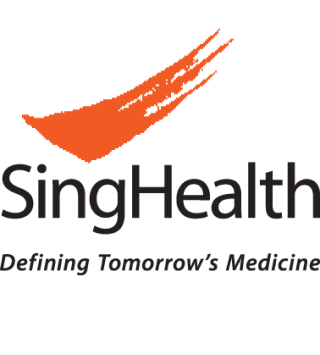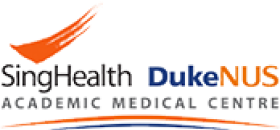SingHealth Institutions will NEVER ask you to transfer money over a call. If in doubt, call the 24/7 ScamShield helpline at 1799, or visit the ScamShield website at www.scamshield.gov.sg.
Providing Holistic Management for Flat Head Syndrome in Infants at Singapore’s first PlagioCentre at KKH

PlagioCentre@KKH is Singapore’s first dedicated clinic to manage plagiocephaly and brachycephaly – conditions that are also known as flat head syndrome. KK Women’s and Children’s Hospital (KKH) is the first public hospital in Singapore to offer 3D-printed helmets as part of its treatment options.
COMMON CONDITION THAT IS PREVENTABLE AND TREATABLE
Flat head syndrome is relatively common, and highly preventable and treatable. Globally, the condition affects up to 22% of infants by the sixth week of life, and nearly 30% by the fourth month.
Locally, rising awareness of the syndrome and its treatment has led to more parents and caregivers placing an emphasis on early detection and timely intervention. Over the past two years, KKH has seen a 36% increase in cases of cranial asymmetry or flat head syndrome in infants. The number of affected infants rose from over 800 cases in 2022 to more than 1,000 in 2024.
PlagioCentre@KKH can help infants during this important stage of development and ensure that every child has the best start in life.
WHAT IS FLAT HEAD SYNDROME?
Flat head syndrome leads to an infant’s head becoming misshapen or flattened due to constant pressure being placed on one side of the skull. Itis most often caused by babies spending prolonged periods on their backs with the head in the same position. The syndrome can also be aggravated by torticollis, a condition in which tight neck muscles make it difficult for babies to turn their heads properly.
There are primarily two types of flat head syndrome:

In milder cases, flat head often resolves naturally as the infant starts to turn over and sit up-right independently. However, to prevent the worsening of head shape, parents will need to position the baby’s head regularly during sleep and allow tummy time play while the infant is awake.
Moderate to severe cases, if left untreated, could result in an abnormal head shape. Untreated torticollis can worsen flat head, and may cause restrictions inhead and/or neck movements and a persistent head tilt or rotation.
If the flat head is left untreated, the abnormal head shape could hinder jaw development, resulting in asymmetrical facial growth, and visual difficulties may ensue. As the child gets older, they may also face difficulties wearing protective head gear or develop a squint.
HOW HELMET THERAPY WORKS
Helmet therapy is most effective when the cranial sutures are still malleable, allowing for optimal skull remoulding potential. The sooner the treatmentis started the better the results. At PlagioCentre@KKH, infants who have been referred for flat head will be managed according to their severity.
For mild cases, treatment options typically involve physiotherapy to address torticollis (if any), positioning advice and observation. For moderate to severe cases, for optimal outcomes, infants below eight months may be offered helmet therapy to assist in correcting the head shape.
Infants who are eligible for helmet therapy will befitted with a custom-made 3D printed helmet, for optimisation of treatment. It is made from that is lightweight and breathable, for a more comfortable fit to match and gently reshape the unique contour of the infant’s head.
The helmet applies gentle pressure to specific areas of the head, while leaving space for the head to grow in the flattened areas, to encourage it to grow symmetrically. Infants are required to wear the helmets for 23 hours a day, and most will show visible improvements within the first two to three months of treatment.
The centre is supported by a multidisciplinary team across the specialities of neonatology, physiotherapy and orthotics.

Our Care Team
Dr Kavitha V Sothirasan
Lead, PlagioCentre@KKHStaff Physician, Department of Neonatology, KKH
With support from physiotherapists from the Physiotherapy Department, KKH and orthotists from the Prosthetics and Orthotics Department, KKH.
HOW YOU CAN REFER PATIENTS
General practitioners are invited to direct eligible patients to any polyclinic for assessment and referral to PlagioCentre@KKH.
Keep Healthy With
© 2025 SingHealth Group. All Rights Reserved.

